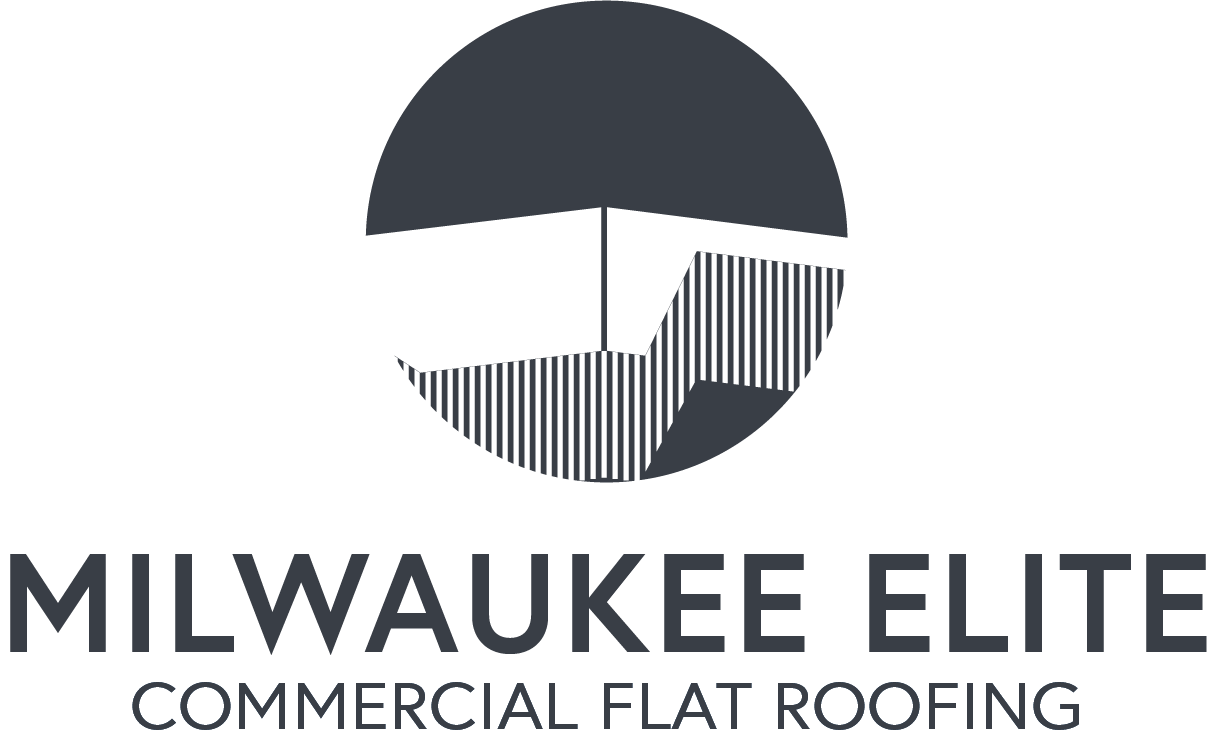1. Initial Assessment
We begin by conducting a thorough evaluation of your building’s roofing needs. This includes measuring roof dimensions, assessing existing conditions, and identifying any structural concerns.
During the consultation, we discuss your goals, budget, and timeline to tailor the project. We also explain the benefits of TPO roofing and answer any questions you may have to align expectations.
We document findings and create a detailed plan, ensuring no aspects are overlooked before installation. This preparation helps avoid surprises and sets a clear roadmap for the work ahead.
2. Preparation
Before installation, we inspect the roof surface for moisture, debris, or damage. We use moisture meters and visual checks to pinpoint areas that could compromise adhesion.
If we detect wet or weak spots, we recommend repairs or replacements to maintain system integrity. Proper cleaning and drying are critical to guarantee the TPO membrane adheres effectively.
Our team removes old roofing materials as needed and ensures the surface is smooth and sound. We verify that insulation and decking are suitable for TPO installation.
3. Precision Installation
We install the TPO membrane using proven methods such as heat welding seams for airtight and waterproof
bonds. Our skilled technicians follow manufacturer guidelines throughout the process.
Fasteners and adhesives are applied with precision to avoid wrinkles, bubbles, or gaps. We maintain strict quality controls to ensure uniform coverage and alignment.
Attention to edge details, flashings, and penetrations prevents leaks and extends roof lifespan. We use specialized tools and techniques to secure membranes around vents and skylights.
4. Quality Inspection
Once installation is complete, we conduct a meticulous inspection to verify all seams, fasteners, and flashing are intact and secure.
We check for uniform membrane thickness and confirm that all manufacturer standards are met. Any minor adjustments or corrections are performed immediately.
We provide you with a comprehensive report, including warranty information and maintenance recommendations. This transparency ensures your confidence in the durability and performance of your new TPO roofing system.
Routine Care Recommendations
We recommend inspecting the TPO roof at least twice a year, ideally in spring and fall. Check for debris accumulation, punctures, or any signs of seam failure.
Cleaning should involve removing dirt, leaves, and other debris that can hold moisture or cause damage. Use a mild detergent and soft-bristle brush to avoid harming the membrane.
It's critical to monitor areas around roof penetrations like vents and HVAC units for shrinkage or distress. Promptly repair minor damage to prevent leaks.
We also suggest scheduling professional inspections every 3 to 5 years. Our team can identify issues early and perform necessary maintenance to extend the roof’s service life.
Longevity of TPO Roofing Systems
TPO roofs typically last between 20 to 30 years with proper maintenance. Their resistance to UV rays, chemicals, and heat contributes to this durability.
Material degradation usually appears as surface crazing or small cracks over time but often occurs late in the roof’s life cycle.
We factor in the roof’s environment, installation quality, and upkeep when estimating longevity. Well-maintained TPO membranes resist ponding water and temperature fluctuations effectively.
Investing in regular care contributes significantly to sustaining the roofing membrane’s physical properties, preserving both energy efficiency and waterproofing capabilities over decades.
FAQs on TPO Roofing System Installation
We address common concerns about TPO roofing systems to help you make informed decisions. Our answers focus on durability, energy efficiency, and maintenance needs.
How much does TPO roof installation cost for commercial buildings in Milwaukee?
TPO roof installation for commercial buildings in Milwaukee typically costs between $7-$11 per square foot. This price varies based on building size, roof complexity, membrane thickness (45, 60, or 90 mil), insulation requirements, and whether the project involves a complete tear-off or overlay. Most medium-sized commercial buildings in Milwaukee can expect total costs ranging from $35,000 to $80,000 for a professional TPO installation.
What is the lifespan of a TPO roof in Wisconsin's climate?
A properly installed TPO roof in Wisconsin's climate typically lasts 20-25 years. Wisconsin's temperature fluctuations and seasonal extremes make quality installation crucial. Premium TPO membranes (60-90 mil thickness) tend to perform better in our local conditions, withstanding freeze-thaw cycles and UV exposure. Regular maintenance, especially after harsh winters, can extend your TPO roof's lifespan significantly.
Are TPO roofs good for Milwaukee's cold winters and hot summers?
TPO roofs excel in Milwaukee's variable climate. Their white reflective surface minimizes heat absorption during summer, reducing cooling costs by up to 30%. In winter, proper insulation beneath the TPO membrane provides excellent thermal resistance against cold. TPO's flexibility allows it to expand and contract during Milwaukee's temperature swings without cracking or splitting, while its welded seams prevent leaks from winter snowmelt or summer storms.
How long does TPO roof installation take for a 20,000 sq ft commercial building?
TPO roof installation for a 20,000 sq ft commercial building in Milwaukee typically takes 2-3 weeks. This timeframe includes tear-off of existing roofing (if needed), deck preparation, insulation installation, and membrane application. Weather conditions can impact this schedule, especially during Wisconsin's unpredictable spring and fall seasons. Most commercial operations can continue during installation, though we coordinate closely with building managers to minimize disruptions.
Can TPO roofing be installed over an existing commercial roof in Milwaukee?
TPO roofing can often be installed over existing roofing in Milwaukee, saving on tear-off costs and minimizing business disruption. However, this depends on the current roof's condition, local building codes, and the number of existing roof layers. Milwaukee building codes typically allow a maximum of two roofing layers. Before overlay installation, we conduct moisture scanning to identify and replace any wet insulation, ensuring the new TPO system performs optimally and meets Wisconsin's energy efficiency requirements.

